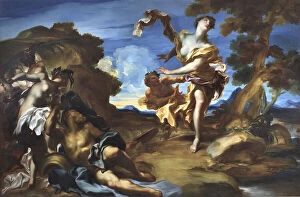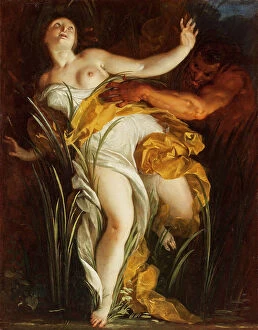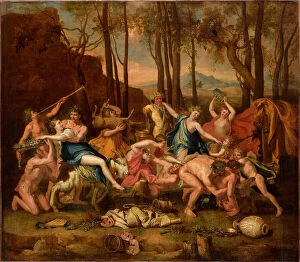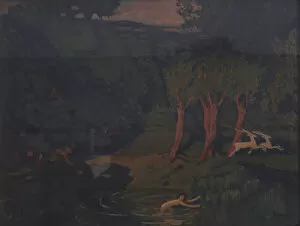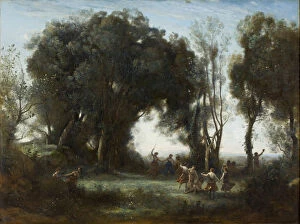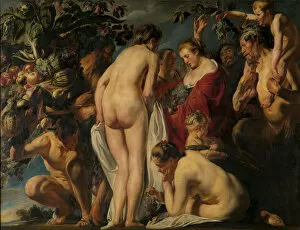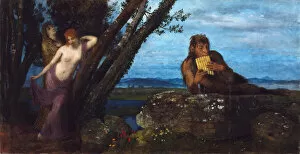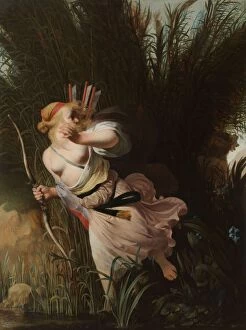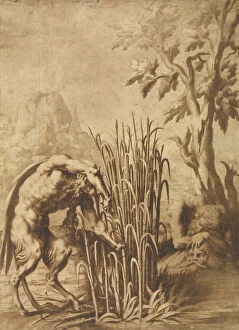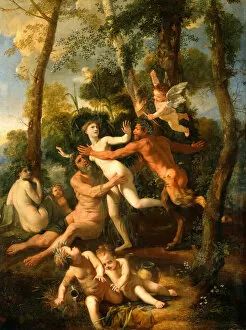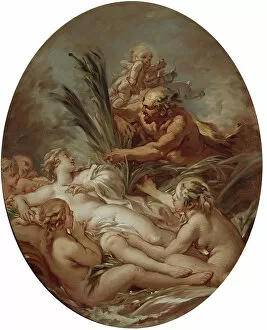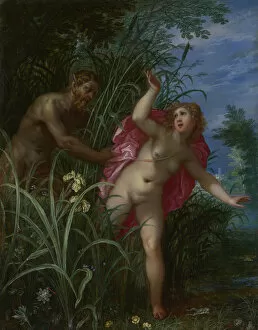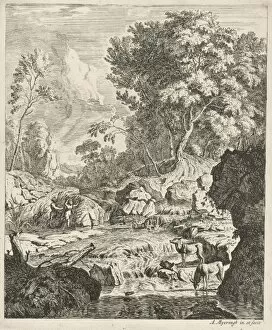Nymph Syrinx Collection
"Nymph Syrinx: A Tale of Myth and Artistic Inspiration" In the realm of mythology, the enchanting tale of Pan and Nymph Syrinx has captivated artists throughout history
For sale as Licensed Images
Choose your image, Select your licence and Download the media
"Nymph Syrinx: A Tale of Myth and Artistic Inspiration" In the realm of mythology, the enchanting tale of Pan and Nymph Syrinx has captivated artists throughout history. From Ulyanov's evocative portrayal to Jordaens' mesmerizing interpretation, these masterpieces bring this ancient story to life. The Dance of the Nymphs by Corot transports us to a world where ethereal beings frolic in harmony with nature. The delicate brushstrokes reveal their graceful movements as they celebrate life's abundance. Similarly, Corot's A Morning captures the nymphs' joyous dance at daybreak, infusing the scene with a sense of renewal and vitality. Jordaens' Allegory of Fertility invites us into a realm teeming with lush vegetation and bountiful harvests. Here, Pan and Syrinx stand as symbols of fertility itself, embodying the cyclical nature of life's abundance. Bocklin's A Nymph at the Fountain takes us on an intimate journey between Pan and his beloved nymph. As he playfully chases her through idyllic landscapes, we witness their tender connection amidst nature's splendor. Spring Evening further immerses us in Bocklin's dreamlike world; it is a place where myth intertwines seamlessly with reality. Poussin presents The Triumph of Pan as an epic spectacle that showcases his power over both mortals and gods alike. With grandeur befitting its subject matter, this masterpiece exudes energy and dynamism while paying homage to classical traditions. Francois Boucher skillfully portrays Pan and Syrinx in two distinct works from different periods. In each painting, he captures their mythical romance with sensitivity and elegance - reminding us that love knows no boundaries across time or artistry. Lastly, Brueghel’s rendition shows Pan relentlessly pursuing Syrinx through dense forests and winding rivers.

